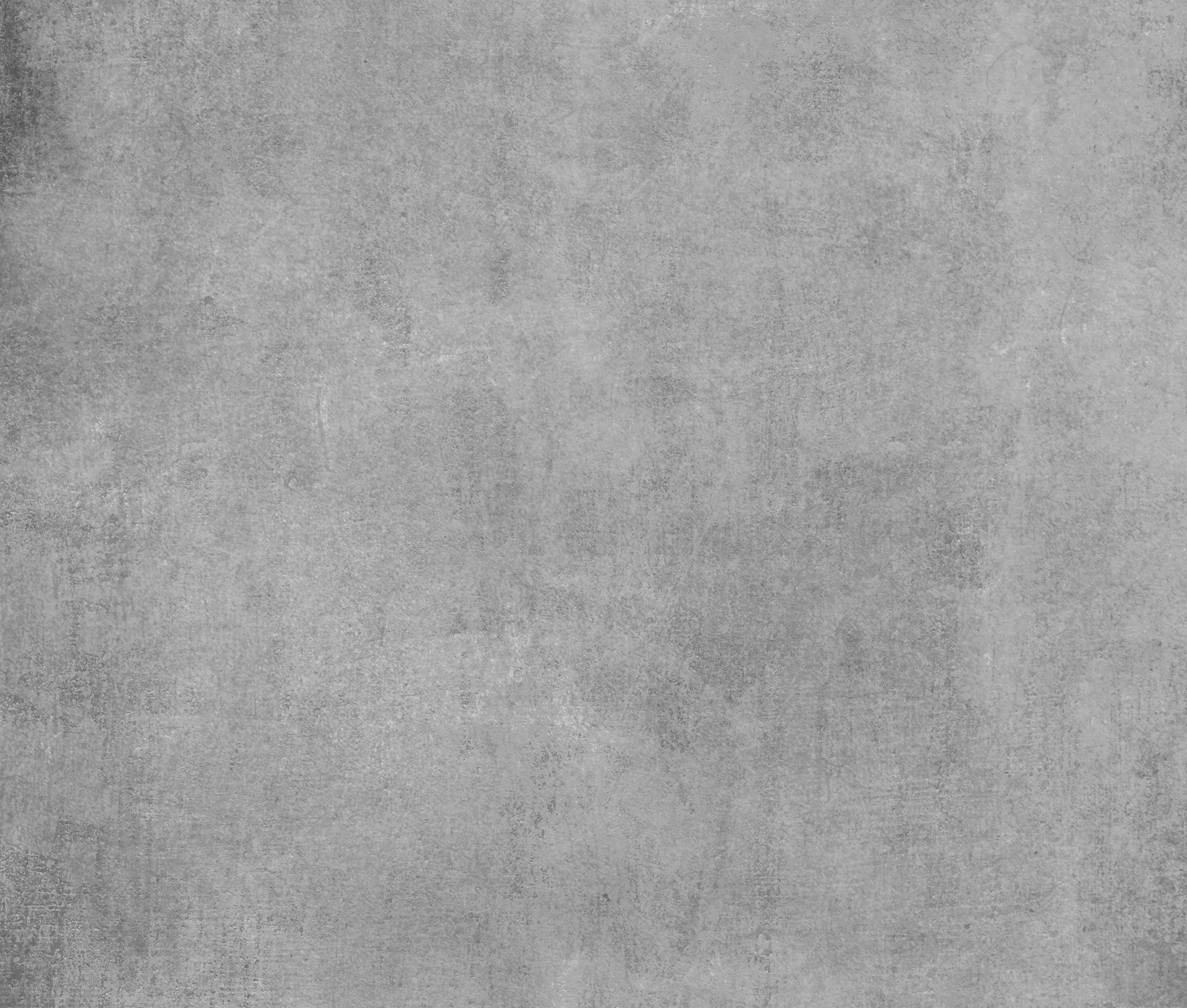
Stephanie Wells
"An investment in knowledge, pays the best interest"
-Benjamin Franklin
Blended-Learning within the Radiography Curriculum
Publication Article Outline
-
What is the topic of your article?
The topic of my article is creating a blended-learning environment connecting multiple related courses within the radiography curriculum in a face to face course by adding an interactive digital component. This connection created a space for different levels of student cohorts to work collaboratively and an opportunity to work in a hands-on environment. Connecting the courses digitally also created opportunities by engaging students in a more authentic learning environment by giving the students a choice, ownership and voice (Thibodeaux et al.,2019) in content mastery.
-
Where do you plan to submit?
I hope to submit my article to the American Society of Radiologic Technologists publication. I have two options. The first is their bimonthly journal for radiologic science that features peer-reviewed research and a variety of columns of interest. Radiologic Technology. My goal is to first submit it as a short report and then later submit it as original research. The guidelines for the short report can be found here Short Report Guidelines
-
I will submit it under the Teaching Techniques section.
-
600-3500 words
The second option is to write a column for the ASRT Scanner which is a bimonthly magazine that is exclusive to members of the ASRT. Guidelines for Contributors
-
I will submit under their Education column.
-
Usually one-page or 400 words minimum.
-
What is the connection to your innovation plan?
My innovation plan was originally to connect 3 Procedures courses for content mastery. The students have 3 levels of Procedures courses (basic, intermediate, advanced) The goal was to keep the content available for mastery by including online elements to mirror the classroom portion so they stay submersed in each level as they move through the content. The plan has evolved by adding their Imaging course to help further develop understanding by making an exposure to a phantom so they have a radiograph to analyze. This hands-on real world scenario has furthered understanding. This content was previously presented only by positioning a real person but not making an exposure to the person. The teacher would look at each position within the procedure and check off. Although the student could see the teacher's feedback, this didn’t give the student a reference(actual image) to go back to see what they had done. In the hospital, if the image is incorrect, you have the radiograph for reference and correction. By marrying the imaging course to the procedures course, the student has a reference for the correction and they can repeat the image until mastery without exposing a real patient to radiation. Adding a digital component has also made it possible for collaboration between cohorts at different levels. It is not just teacher feedback. It is an actual image and an opportunity to collaborate with students at different levels for correction. The students can also submit the images to the teacher for feedback so it is multi-leveled evaluation. They self-evaluate, peer-evaluate, and then get teacher evaluation also.
-
How can this information help others?
Radiology educators are always searching for opportunities in our classrooms to more closely mirror field operations. Radiologic science is technology driven and rapidly changing. The classroom does not closely reflect what it means to practice in the field as a radiographer. It doesn’t harbor critical thinking opportunities. Although some programs have embraced technologies more readily, most still operate using antiquated methods. Demonstrating how to combine courses and add available digital resources for collaboration for mastery is helpful to all programs.
-
Lessons learned or hoped to learn?
The lessons observed at this early stage are increased student engagement and collaboration. “The need to provide more engaged learning experiences is at the core of the interest in blended learning.” (Garrison & Vaughan,2008, p.4) The students are able to devise their own road map through the content, see their mistakes, intentionally make mistakes, and then make corrections. They have multiple opportunities for mastery through collaboration and they are much more inquisitive. The ultimate goal is to make them so comfortable with the content that they are able to think more critically and outside of the box. In healthcare, you must be able to adapt to any patient condition. Every exam can be modified if necessary but ultimately you are still trying to achieve the same image regardless of how you attain it. We hope to learn that this will make the students more comfortable if they are forced to make those adaptations.
I hope to influence other instructors to intentionally create technology based lessons that incorporate situational judgment, critical thinking, communication, and collaboration which are core values within the profession. I hope to also influence collaboration among radiography programs so that we may be more effective and engaged as a whole.
